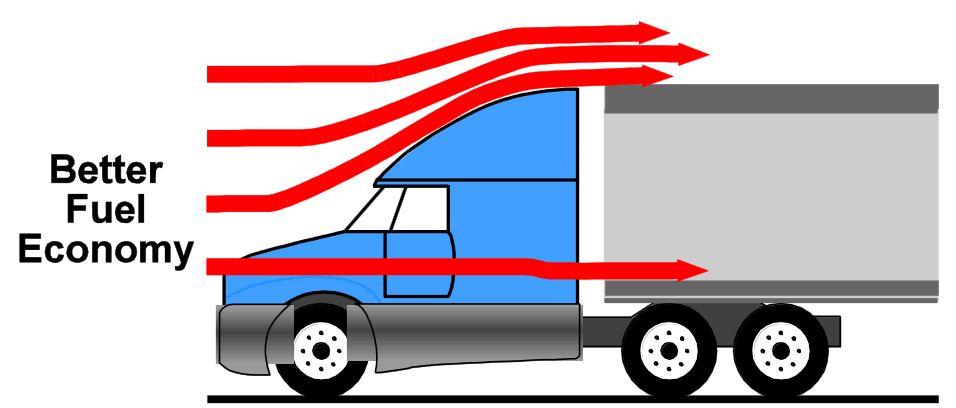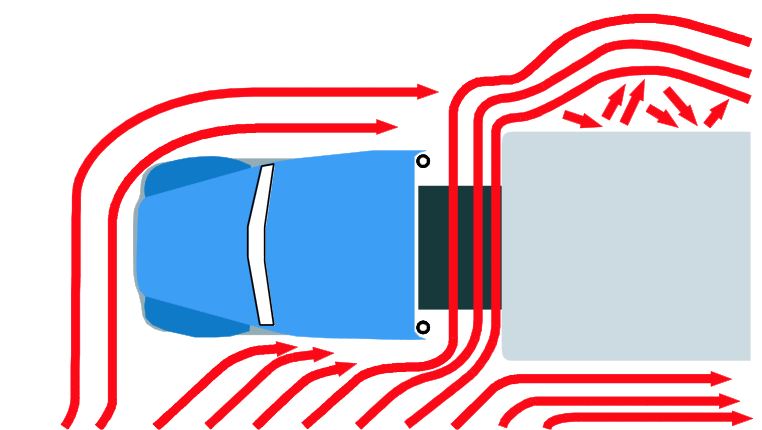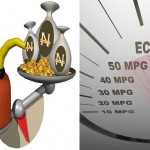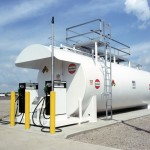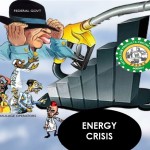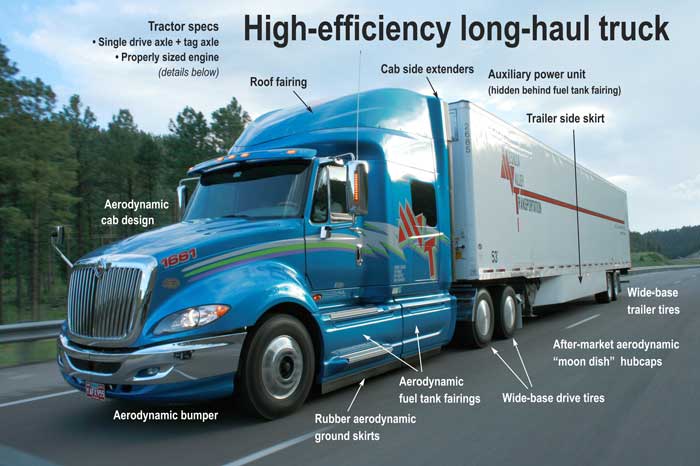
Fuel Economy in Haulage
The importance of fuel economy to the successful operation of a trucking company cannot be understated. Fuel is one of the largest variable costs in a trucking venture, and, while no trucking operation can control the cost of fuel, it has at least some control over the amount or rate of consumption which in turn determines mileage achieved, the level of truck and driver utilisation and ultimately how well the business is doing.
Smart trucking starts with getting things right from the onset of the business. Smart trucking demands that fuel economy consideration feature prominently in the selection of your trucking or haulage assets. Smart trucking also demands that fuel economy must be given considerable attention in every other aspect of the business right from driver selection and training to maintenance and services and dispatch and routing. Businesses progress to the extent that they are able to maximise profit/revenue and or minimize costs. Smart business maximise returns and minimize costs. Since we have realized how tangible and unavoidable fuel cost is in trucking, every action that would minimise consumption or get more done for same or less constitute a smart trucking standard worthy of emulation.
We will through this article appraise what makes for efficient fuel economy in smart trucking. The first part will be dedicated to understanding the role of proper vehicle selection and tyres in the attainment of better fuel economy. In the second part of this article, we will focus on how drivers attitude and other variables can also impact on fuel economy.
Factors that affect Fuel Economy
Vehicle Selection and Fuel Economy: Simply put, you burn fuel to make horsepower, and you use horsepower to overcome all of the forces that are trying to retard or hold back the truck. So, a truck that rolls down the road with minimum drag will use less horsepower and consume less fuel. The power required to maintain a given road speed depends on the sum of the following forces:
- Aerodynamic Drag
- Tyre Rolling Resistance
However, at the point of vehicle selection, aerodynamic drag is that variable that must come into consideration if the objective is to acquire assets with the maximum potential to save on fuel.
What is Aerodynamic Drag?
Aerodynamic drag is the result of forces (pressure imbalances) acting on a vehicle as it passes through the air. The magnitude of the forces acting on a vehicle depends on speed, frontal area and external shape. Aerodynamic drag is the most significant contributor to vehicle power requirements above a speed of 75km/h. The lesser the factors that retards movement in motion, the greater the ease with which the vehicle cuts through the air and the better the fuel savings. Depending on the trailer type, load and intended purpose of the vehicle, care must be taken in putting money on the right asset with the right aerodynamic characteristics that best assist the purpose of the business. Aerodynamic aids can have a major impact on vehicle fuel economy on an interstate duty cycle and very little impact on an intercity duty cycle.
Not every truck has to be fitted with all of the aerodynamic features available. The list here shows some of the items that can improve aerodynamic efficiency and they are among the components that one should be interested in seeing on a truck before purchase and that is if the interest is to save on fuel. The effectiveness or relevance of a particular item depends other variables earlier mentioned.
- Full Roof Deflector
- Curved Windshield
- Aero Mirrors
- Sloped Hood
- Side Extenders
- Round Corners
- Side Skirts
- Aero Bumper
- Under Hood Air Cleaner(s)
- Concealed Exhaust System
- Aero Headlights
- Recessed Door Hinges
- Slanted Windshield
Tractor-Trailer Air Gap
To minimize aerodynamic drag resulting from crosswinds and turbulent air, tractor-trailer gaps should be minimized or aeroskirts should be used to smooth the airflow. Beyond approximately 30 inches, every 10-inch increase in tractor-trailer air gap increases aerodynamic drag by approximately 2%. If axle weights allow, slide the fifth wheel forward to minimize the gap and reduce wind resistance. Hence aside adjusting truck-trailer gap to ensure adequate clearance for negotiating bends and corners, it is also important that due consideration be given to its impact on fuel saving.
Tyre Rolling Resistance
Rolling resistance results from the internal friction of a tyre as it deflects (flexes) during motion. Energy spent generating heat in tyres is energy that does not contribute to moving the vehicle. Cooler running tyres are more fuel-efficient than tyres that run hotter. Complex rubber compound, advanced casing construction and enhanced tread designs have led to new standards in tyre performance. Tyre rolling resistance is the second most significant contributor to vehicle power requirements in fuel economy.
Tyre rolling resistance is influenced by multiple factors namely:
- Vehicle speed
- Load/GCW
- Inflation Pressures
- Tyre construction/tread type/depth
- Ambient temperature
- Road Surface
- Vehicle tyre and axle alignment
Vehicle Speed
Tyres flex more at higher speeds. This leads to more friction, higher tyre temperatures and reduced fuel economy. Curbing driver speed is the most widely recognized behavioral change that can save fuel. On the average, a truck traveling at 75-80Kph instead of 90-100Kph will experience up to 25-percent improvement in fuel consumption. As a rule of thumb, for every one kilometer per hour increase in speed above 80Kmh, there is a corresponding 0.22 kilometer-per-litre (Kpl) fuel consumption penalty. That rule takes tyre rolling resistance and aerodynamic drag into consideration.
Weight Impact
Increased weight causes increased flexing of the tyres. Reducing the weight of components on the truck can result in either better fuel economy, or increased payload for the same amount of fuel consumed. Of course, tyres should always be rated for the loads carried and properly inflated.
Tread Depth and Pattern
According to Bridgestone, the tyres tread accounts for 60–70% of the tyre’s rolling resistance. Not only do the tyres differ in rolling resistance when new, but as the tread wears the rolling resistance of the tyre changes. Rib tyres at all wheel positions will provide greatest fuel efficiency. A fairly and evenly worn tyre is about 7% more fuel efficient than a brand new tyre.
Tyre Inflation Pressure
Improper inflation pressures critically affect tyre performance. Underinflation can negatively affect tyre performance and durability which ultimately affect fuel economy. (Please follow this link to learn more ABOUT TYRES). Specifically, it:
- Reduces fuel economy
- Increases tyre wear rates
- Creates irregular tread wear and
- Reduces casing durability
Every 10 psi of underinflation represents approximately 1% penalty in fuel economy. The effect of running all tyres slightly underinflated is significant. But all tyres do not contribute equally. Trailer tyres have a larger effect on fuel economy than either steer or drive tyres. The tyres most likely to be ignored, poorly maintained or underinflated are in the trailer position, where old tyres with irregular wear are often placed to run out any remaining tread.

